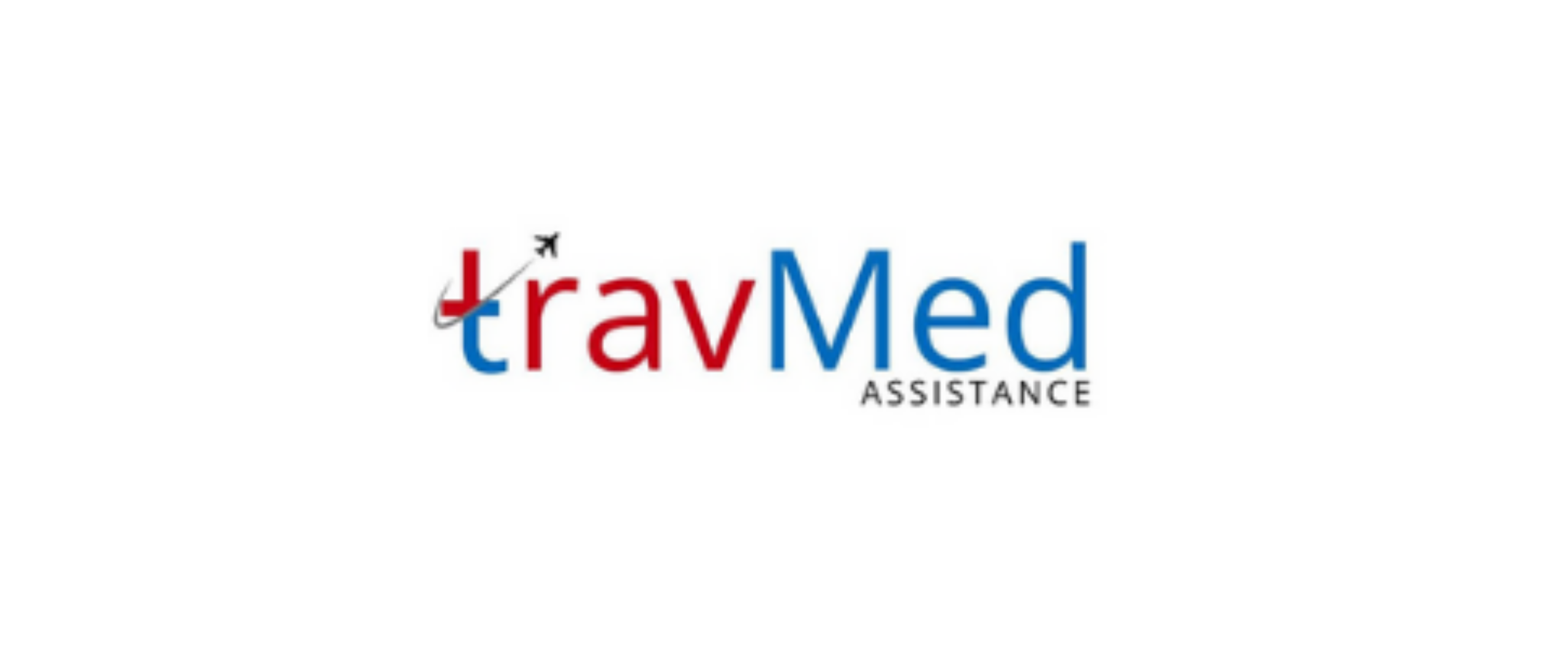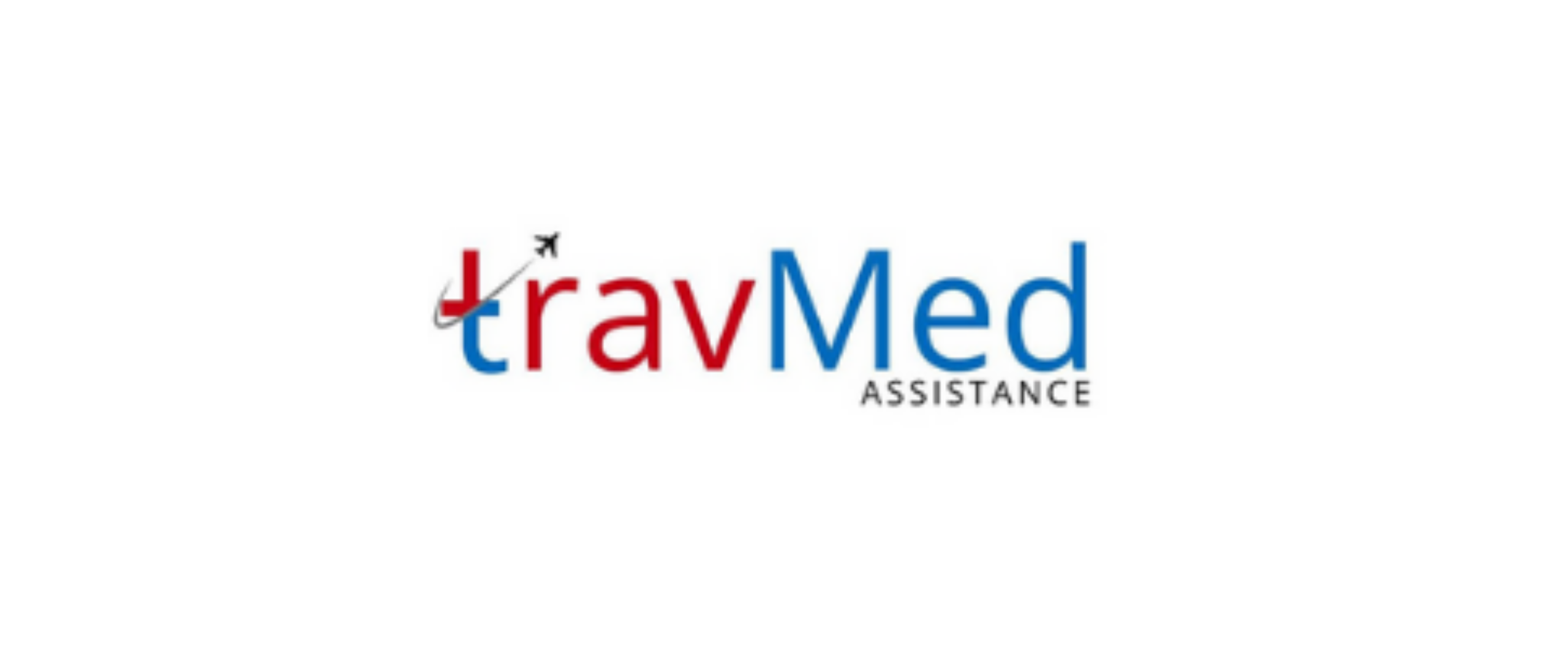
Helicopter services in Nepal offer aerial transportation for various purposes, including tourism, medical emergencies, rescue operations, and cargo delivery. These services utilize rotary-wing aircraft to access remote and challenging terrains that are often inaccessible by road or fixed-wing aircraft. In Nepal, helicopter services play a vital role in connecting isolated communities, supporting trekking and mountaineering expeditions, and providing rapid response during natural disasters. The country’s diverse geography, ranging from lowland plains to high-altitude Himalayan regions, makes helicopter services an essential mode of transportation for both locals and tourists. Operators in Nepal typically use a range of helicopter models, from small two-seater aircraft to larger multi-passenger choppers, depending on the specific requirements of each mission.
Who provides helicopter services in Nepal?
Several companies and organizations provide helicopter services in Nepal. The primary operators include private aviation companies, government agencies, and non-profit organizations. Some of the well-known private helicopter service providers in Nepal are Simrik Air, Fishtail Air, Air Dynasty, Shree Airlines, and Altitude Air. These companies maintain a fleet of helicopters and offer services for various purposes, including tourism, medical evacuations, and cargo transport. The Nepal Army and Nepal Police also operate helicopters for official purposes, search and rescue operations, and disaster response. Additionally, international organizations like the United Nations and various NGOs sometimes collaborate with local operators or maintain their own helicopter services for humanitarian missions in Nepal. The Civil Aviation Authority of Nepal (CAAN) regulates and oversees all helicopter operations in the country to ensure safety and compliance with aviation standards.
How do helicopter services work in Nepal?
Helicopter services in Nepal operate on a charter basis, allowing clients to book flights for specific purposes and destinations. The process typically begins with a client contacting a helicopter service provider to inquire about availability and pricing. Once a booking is confirmed, the operator prepares a flight plan considering factors such as weather conditions, altitude, and landing sites. Helicopters in Nepal often operate from designated helipads in major cities like Kathmandu, Pokhara, and Lukla, as well as from temporary landing zones in remote areas. For tourism purposes, helicopters may conduct sightseeing tours, transport trekkers to base camps, or facilitate heli-skiing adventures. In medical emergencies, helicopters can be dispatched quickly to evacuate patients from remote locations to hospitals in urban centers. Cargo transport services utilize helicopters to deliver supplies to areas with limited road access. Pilots operating in Nepal undergo specialized training to navigate the challenging mountain terrain and high-altitude conditions unique to the country.
What documents are needed for booking?
Booking helicopter services in Nepal requires several documents to ensure compliance with aviation regulations and safety standards. The specific requirements may vary depending on the purpose of the flight and the service provider, but generally include:
- Valid passport or national identification card for all passengers
- Visa information for foreign nationals
- Travel insurance details, especially for adventure activities or medical evacuations
- Trekking permits or climbing permits for flights to restricted areas
- Medical certificates or doctor’s recommendations for medical evacuation flights
- Signed liability waiver forms provided by the helicopter company
- Proof of payment or credit card details for the booking
- Contact information for emergency purposes
- Flight itinerary and purpose of the helicopter service
- For cargo transport, a detailed manifest of items being transported
It’s advisable to contact the specific helicopter service provider for a comprehensive list of required documents, as requirements may change based on current regulations or the nature of the flight.
How much do helicopter services cost?
The cost of helicopter services in Nepal varies widely depending on factors such as the duration of the flight, the type of helicopter used, the purpose of the service, and the specific route or destination. Generally, helicopter services in Nepal are priced on an hourly basis or per specific route. For tourism purposes, a short sightseeing flight around the Kathmandu Valley might cost between $250 to $500 per person for a shared flight. A private charter for a group can range from $1,500 to $3,000 per hour. Longer flights, such as those to Everest Base Camp, can cost $1,000 to $2,000 per person for a shared flight, or $3,500 to $5,000 for a private charter. Medical evacuation costs can be significantly higher, often ranging from $3,000 to $10,000 or more, depending on the location and urgency of the situation. Cargo transport prices are typically negotiated based on weight, volume, and distance. It’s important to note that these prices are approximate and can fluctuate based on fuel costs, seasonal demand, and other factors. Many operators offer package deals for popular routes or customized pricing for specific needs.
Are services available in remote areas?
Helicopter services in Nepal are indeed available in remote areas, which is one of their primary advantages. These services play a crucial role in connecting isolated communities and providing access to regions with limited or no road infrastructure. Helicopters can reach high-altitude locations in the Himalayas, remote villages in mountainous terrain, and areas affected by natural disasters. Many trekking and mountaineering expeditions rely on helicopter services for transportation to base camps or emergency evacuations. Remote areas serviced by helicopters include popular trekking destinations like the Everest region, Annapurna Circuit, and Langtang Valley. Helicopters also support development projects, medical missions, and research expeditions in hard-to-reach locations. However, the availability of services in extremely remote areas may be subject to weather conditions, terrain suitability for landing, and the specific capabilities of the helicopter and pilot. Advance booking and coordination with local authorities may be necessary for flights to certain restricted or very remote regions.
Can helicopters handle medical emergencies?
Helicopters in Nepal are well-equipped to handle medical emergencies, particularly in remote and inaccessible areas. Many helicopter service providers offer specialized medical evacuation (medevac) services, which are crucial for transporting patients from remote locations to hospitals in major cities. These helicopters are often fitted with basic medical equipment and can accommodate stretchers for immobile patients. In some cases, medical professionals may accompany the flight to provide in-transit care. Helicopters can rapidly respond to emergencies in trekking regions, mountaineering expeditions, and rural villages where ground transportation is impractical or too time-consuming. They are particularly valuable in cases of altitude sickness, severe injuries, or other life-threatening conditions that require immediate medical attention. The speed and versatility of helicopters make them ideal for reaching patients in challenging terrains and transporting them to appropriate medical facilities quickly. However, the ability to conduct medical evacuations may be limited by extreme weather conditions, high altitudes, or nighttime operations in certain areas.
How reliable are helicopter services?
Helicopter services in Nepal are generally reliable, but their operations can be affected by various factors. The reliability of these services is underpinned by strict regulations set by the Civil Aviation Authority of Nepal (CAAN) and adherence to international aviation standards. Reputable helicopter companies in Nepal maintain their aircraft regularly and employ experienced pilots familiar with the challenging terrain and weather conditions. However, the reliability of services can be impacted by:
- Weather conditions: Flights may be delayed or cancelled due to poor visibility, strong winds, or severe weather.
- Altitude limitations: Some helicopters may have reduced performance at very high altitudes.
- Mechanical issues: While rare, technical problems can lead to flight cancellations or delays.
- Seasonal demand: During peak tourist seasons, availability may be limited due to high demand.
- Fuel availability: In remote areas, fuel shortages can occasionally affect operations.
Despite these challenges, helicopter services in Nepal have a good track record for safety and reliability, especially when compared to the difficulties of ground transportation in many remote areas. Operators prioritize safety and will not fly if conditions are deemed unsafe, which contributes to their overall reliability.
What is included in helicopter services?
Helicopter services in Nepal typically include several components, depending on the nature of the flight and the specific package booked. Generally, the following elements are included:
- Aircraft and crew: A well-maintained helicopter operated by a qualified pilot and, if required, a co-pilot.
- Fuel: Sufficient fuel for the planned route, including reserves as per aviation regulations.
- Basic safety equipment: Life vests, first aid kits, and other mandated safety gear.
- Passenger briefing: A pre-flight safety briefing and instructions for passengers.
- Landing fees: Charges for using helipads or landing zones at the destination.
- Basic insurance: Coverage as required by Nepalese aviation laws.
For tourism flights, additional inclusions may be:
- Guided commentary during scenic flights
- Light refreshments on longer flights
- Photography opportunities at scenic locations
For medical evacuations:
- Basic medical equipment on board
- Space for a stretcher or medical attendant
Cargo flights typically include:
- Loading and unloading services
- Cargo securing equipment
It’s important to verify the specific inclusions with the service provider, as they may vary between companies and types of services offered.
How do I book helicopter services?
Booking helicopter services in Nepal involves several steps to ensure a smooth and safe experience:
- Research and choose a reputable helicopter service provider.
- Contact the company via phone, email, or their website to inquire about availability and pricing.
- Specify your requirements, including the date, destination, number of passengers, and purpose of the flight.
- Provide necessary information such as passenger details and any special requirements.
- Review and agree to the terms and conditions of the service.
- Make a deposit or full payment as required by the company.
- Submit all required documents, including passports, permits, and medical information if applicable.
- Confirm the booking and receive a confirmation letter or email with flight details.
- Stay in touch with the operator for any updates on weather conditions or schedule changes.
- Arrive at the designated meeting point on time for your flight.
For medical emergencies or last-minute bookings, many companies offer 24/7 hotlines for rapid response. It’s advisable to book well in advance for non-emergency services, especially during peak tourist seasons, to ensure availability.
Are services available 24/7 in Nepal?
Helicopter services in Nepal are not universally available 24/7, but many operators offer round-the-clock services for specific purposes, particularly for emergency situations. The availability of 24/7 services depends on several factors:
- Emergency services: Many helicopter companies maintain 24/7 readiness for medical evacuations and search and rescue operations.
- Weather conditions: Night flights and operations in adverse weather may be restricted for safety reasons.
- Location: Services to certain remote areas may be limited to daylight hours due to challenging terrain.
- Purpose of flight: Tourist flights and non-emergency services are typically conducted during daylight hours.
- Regulatory restrictions: CAAN regulations may limit night-time operations in certain areas.
For medical emergencies, most reputable helicopter companies offer 24/7 hotlines and can dispatch aircraft at any time, subject to weather and safety considerations. However, for regular charter services, bookings are usually made during business hours, with flights typically scheduled during daylight. It’s important to check with specific operators for their exact hours of operation and any limitations on 24/7 services.
Can foreigners use helicopter services?
Foreigners can indeed use helicopter services in Nepal, and many operators cater specifically to international tourists and visitors. There are no restrictions based on nationality for using helicopter services in the country. However, foreigners should be aware of certain considerations:
- Visa requirements: Ensure you have a valid visa for Nepal before booking helicopter services.
- Permits: Some areas, especially in restricted regions, may require special permits for foreigners.
- Insurance: It’s highly recommended to have comprehensive travel insurance that covers helicopter evacuations.
- Language: Most helicopter operators have English-speaking staff to assist international clients.
- Payment: Foreign credit cards are often accepted, but cash payments may be preferred in some cases.
- Altitude considerations: Foreigners should be aware of altitude sickness risks for high-altitude flights.
Helicopter services are popular among foreign tourists for sightseeing tours, accessing remote trekking start points, and emergency evacuations. Many tour operators and trekking agencies can assist foreigners in booking helicopter services as part of their travel packages. It’s advisable for foreigners to book through reputable companies and to clearly communicate any special needs or concerns related to their nationality or travel status.


